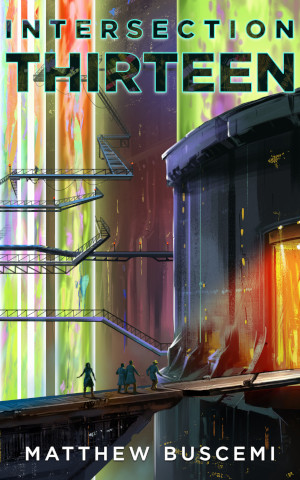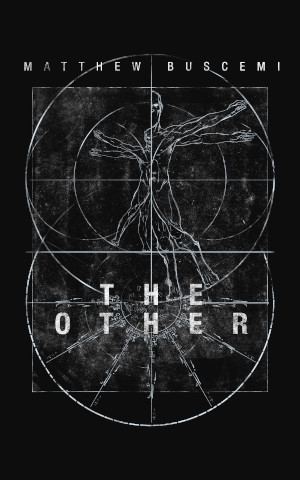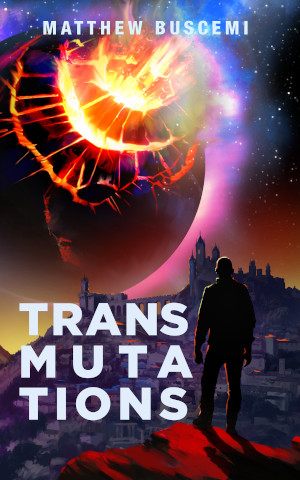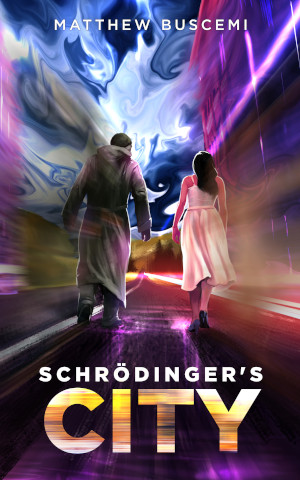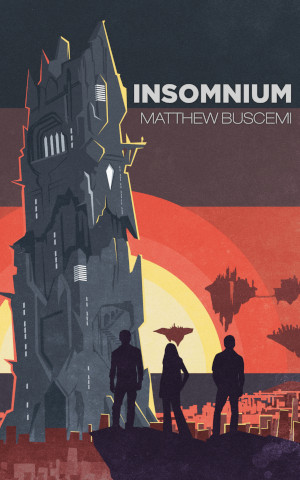The Invisible Sociopath
Thursday, June 25, 2020 at 1:40am
Yesterday, I discussed my reaction to the H.G. Wells’s The Island of Doctor Moreau, my critical feedback for which centered primarily around that novel’s protagonist. That turned out to be nothing compared to what lay in store for me, because the next novel I picked up was the same author’s The Invisible Man.
The decade of the 1990’s spanned my early to late adolescence, and I imbibed deeply of this period’s popular SF culture. One such artifact was a television show called The Invisible Man, only loosely related to the novel. The main character is an ex-convict who has been given parole on condition that he allow himself to be subjected to an experimental medical procedure and work for a shady government organization. The procedure grants him the ability to turn invisible at will. The downside is that without a regular injection, the invisibility chemical will drive him insane.
The character of the television show slowly learns how to build functional relationships with his colleagues. He goes from being selfish and arrogant to a personable human being. The show was cheesy and the character arc somewhat cliche, but it worked for what it was.
The typical way these things work is that I read the book upon which an element of popular culture was based and I discover the hidden depths that popular spin-off elided or simply couldn’t reproduce. The Lord of the Rings comes readily to mind for me. I cannot think of a time when a television show, let alone a B television show, has surpassed a novel.
I am afraid, with The Invisible Man, that must be my verdict.
First, there is the narrative problem. The novel is divided roughly into two narratologically distinct segments, the transition between them extraordinarily jarring and the pacing within them uneven. The first half of the novel involves the Griffin, the eponymous invisible man, who has already become invisible, arriving in a town, checking into its inn, and proceeding to inflict verbal abuse and physical assault upon everyone he interacts with. While the first twenty-odd pages give over some amount of energy to his frustration with his invisibility, before long he stealing from the town’s citizens, beating them up, and generally causing mayhem. Far from being curt, these hijinx scenes are agonizingly protracted. The only purpose I could discern for them was reinforcement of Griffin’s utter inhumanity, but they continued for pages on end, well after than point had sunk in.
The second section of the novel is given over to the story of how Griffin came to be invisible. He finally, finally runs into someone he doesn’t want to verbally abuse or physically assault, and he proceeds to narrate his story. Sadly, his description does not lend any sense of reason to his rage. He simply doubles down on his lust for power and the ability to lord over other human beings. His repulsive character traits are not explained through any kind of perceived abuse, nor a sense or righteousness, nor even, as was the case with Moreau’s Prendick, simple stupidity. Griffin is frighteningly intelligent. One of the more horrifying elements of his past, which predated his invisibility, was the fact that he stole money from his father, who then killed himself in grief. Griffin attended his father’s funeral and felt nothing. No remorse. Not a bit. His next mention of a negative emotion was annoyance, when the money ran out.
I have read revolting fictional characters before. A Clockwork Orange comes readily to mind. However, such characters’ negative traits possessed a purpose. The novel was trying to show me something about the human condition. Never, in all my years of reading literature, have I encountered so thoroughly and pointlessly revolting a literary figure as Griffin of The Invisible Man, unless the point was for me to get some thrill from his hijinx, but I did not find that in the least edifying or entertaining.

